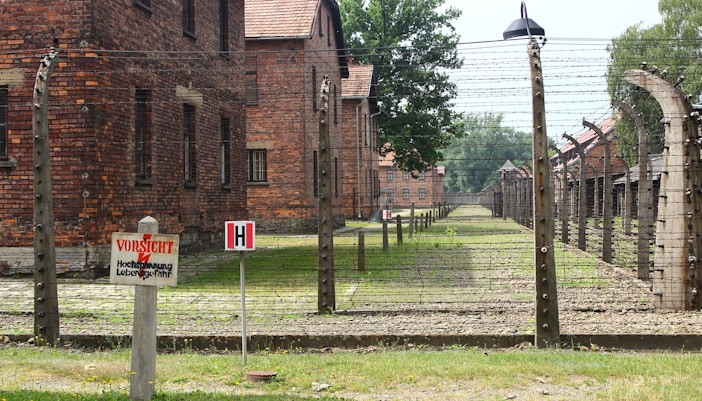1940
Auschwitz I became operational as a concentration camp for political prisoners. Initially, the camp was intended to hold Polish prisoners, but it was later expanded to include other groups deemed ‘enemies of the state’. These included Soviet prisoners of war, Roma, homosexuals, and others who were considered a threat to the Nazi regime.

























